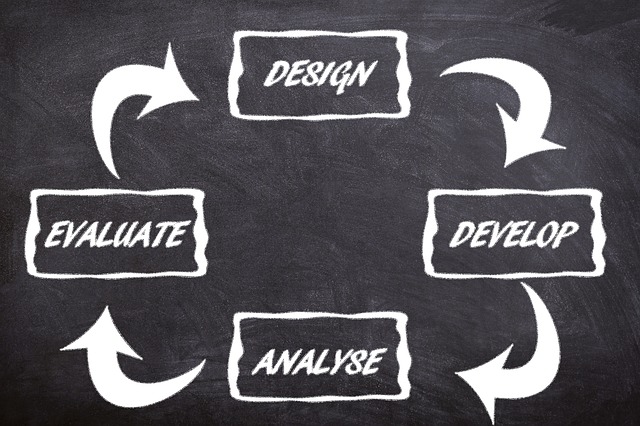Acción, evaluación y reflexión. De la contemplación a la expresión: una ruta del pensamiento
Barra lateral del artículo

Cómo citar
Detalles del artículo

Esta obra está bajo una licencia internacional Creative Commons Atribución-NoComercial 4.0.
Contenido principal del artículo
Resumen
Este artículo recoge algunas reflexiones generadas a partir de los resultados de la investigación: “Evaluación Formativa en Ambientes de Aprendizaje como Estrategia para el Desarrollo de Habilidades Comunicativas”, cuyo fundamento pedagógico se sustenta en el marco conceptual de la Enseñanza para la Comprensión. La propuesta se inscribe en un paradigma de investigación cualitativa y un enfoque de investigación acción, cuyo objetivo es la generación de principios de acción para orientar la labor docente en la construcción de didácticas que promuevan y posibiliten el desarrollo del pensamiento en sus aulas. Se presentará el modo en el que se diseñaron los ambientes de aprendizaje para el desarrollo del pensamiento a través de la ejercitación de las habilidades de lectura, escritura y oralidad. Se mostrará, cómo con la generación de situaciones de interacción se pretende que el estudiante sea consciente de su potencial comunicativo, y de este modo, aprenda a desenvolverse en diferentes contextos de comunicación; reconociendo en la evaluación un medio para hacer visible su comprensión y su proceso de aprendizaje. Finalmente, se plantean una serie de criterios (a modo de recomendación) para repensar la acción del docente en el aula, quien a su vez se convierte en sujeto evaluado y ve en la evaluación una oportunidad para transformar y reinventar su enseñanza.
Referencias
Aragón, G. (2010). Referentes para la didáctica del leguaje en el cuarto ciclo. Bogotá: CERLALC.
Braslavsky, B. (2003). ¿Qué se entiende por alfabetización? Lectura y vida, 2 - 17.
Brunner, J. (1984). Acción, pensamiento y lenguaje. Barcelona: Alianza psicología.
Elizondo, C. (7 de Julio de 2016). Maestro de escuela. http://maestricodeescuela.blogspot.com.co/2016/07/cultura-delpensamiento-coral-elizondo.html
Ferreiro, E. (2012). Pasado y presente de los verbos leer y escribir. Bogotá: Fondo de cultura económica.
Flórez Romero, R., Restrepo, M. A., y Schwannenflugel, P. (2007). Alfabetismo emergente: investigación, teoría y práctica. Bogotá: Universidad Nacional.
Freire, P. (1982). La pedagogía del oprimido. Montevideo: siglo veintiuno editores.
Goodman, K. (1986). El lenguaje integral: un camino fácil para el desarrollo del lenguaje. Lectura y vida.
Guzmán, R. J. (2014). Lectura y escritura cómo se enseña y se aprende en la escuela. Chía: Universidad de La Sabana.
Ospina, W. (2013). La lámpara maravillosa. Bogotá: Mondadori.
Parra, C. (2012). Investigación-Acción y desarrollo profesional. Educación y educadores., Volumen 5.
Perkins, D. (sf). ¿Cómo hacer visible el pensamiento? Escuela de graduados en Educación de la Universidad de Harvard, 1-5.
Radhl, R. P. (1998). La teoría del actuar comunicativo de Jürgen Habermas: un marco para el análisis de las condiciones socializadoras en las sociedades modernas. Papers 56, 103-123.
Rodríguez, M. E. (1995). “Hablar” en la escuela: ¿Para qué? ¿Cómo? Lectura y vida, 2-11.
Steiner, G. (1982). Lenguaje y silencio. Barcelona: Gedisa.
Van Dijk, T. A. (2000). El discurso como interacción social. Barcelona : Gedisa.




